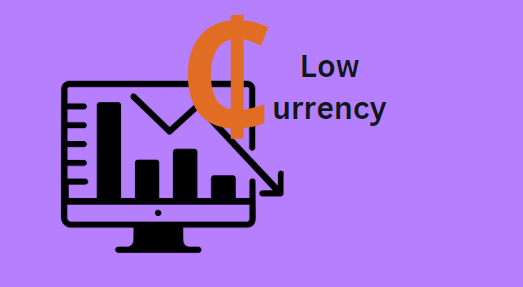
What is Peer-to-Peer Lending?
Peer-to-peer (P2P) lending revolutionizes the lending landscape by directly connecting individual borrowers with investors through online platforms, bypassing traditional financial institutions like banks. These platforms act as intermediaries, facilitating loans and managing transactions between parties. This article provides a comprehensive exploration of P2P lending, including how it operates, its financial dynamics, reasons for participation, popular platforms, and guidance on starting as both an investor and borrower.
How Does P2P Make Money?
P2P lending platforms generate income in several ways.
- Origination fees: These are charges made to borrowers at the moment a loan is issued. They are often stated as a percentage of the loan.
- Service Fees: These are paid by lenders and are often a portion of the interest earned on funded loans.
- Late Payment Fees: Assessed debtors who fail to make their agreed-upon payments on time.
- Collection Fees: Charged on past-due bills to defray the cost of the collection process.
Why Do People Do Peer-to-Peer Lending?
People participate in P2P lending for several strong reasons, including:
- larger Returns: Compared to typical savings accounts or conventional investing alternatives, investors want to potentially obtain larger returns.
- Diversification: By distributing risk among many asset classes, peer-to-peer provides an opportunity to diversify investment portfolios beyond stocks and bonds.
- Access to Credit: P2P platforms provide borrowers with alternate funding sources in case they encounter difficulties obtaining loans from traditional banks because of their credit history or other circumstances.
- Simplicity and Accessibility: P2P lending is more convenient since it is done online, enabling users to lend or borrow money from any location with an internet connection.
What Is the Best P2P Lending Service?
The ideal P2P lending platform depends on the requirements and tastes of each user. Among the most regarded platforms are:
- LendingClub: One of the biggest P2P marketplaces in the US, providing financing choices for individuals, companies, and medical needs.
- Prosper: is a reputable company offering personal loans for a range of budgetary requirements.
- Upstart: To more precisely evaluate borrower risk, it uses artificial intelligence in its underwriting procedure.
Regarding loan offers, costs, borrower requirements, and investment safeguards, every platform is different. Selecting the platform that best fits certain lending or investing objectives requires extensive investigation.
How to Start P2P Lending?
As an Investor:
- Research Platforms: Explore different P2P lending platforms to find one that suits your investment objectives and risk tolerance.
- Account Setup: Create an account on your chosen platform and complete the necessary verification procedures.
- Fund Deposit: Deposit funds into your account to begin investing in loans that match your criteria, such as loan type, borrower credit rating, and loan term.
As a Borrower:
- Platform Selection: Identify a reputable P2P platform suited to your borrowing needs, considering factors like loan types and interest rates.
- Application Process: Complete the online application, providing details about your financial status, desired loan amount, and purpose.
- Loan Selection: Review loan offers from investors on the platform and choose the one that best meets your requirements in terms of interest rates, repayment terms, and overall suitability.
Can I Borrow Money from P2P?
Yes, individuals can borrow money through P2P lending platforms by applying for personal loans or other financing options offered by investors on these platforms. Borrowers typically undergo a vetting process that includes creditworthiness assessment, income verification, and debt-to-income ratio evaluation. P2P lending provides an alternative avenue for obtaining loans outside traditional banking channels, potentially offering more favorable terms based on individual financial profiles.
Bottom lines
Peer-to-peer lending exemplifies a modern approach to financial intermediation, democratizing access to credit and investment opportunities. Whether as an investor seeking higher returns and portfolio diversification or a borrower looking for alternative funding sources, P2P lending platforms offer flexibility, accessibility, and tailored financial solutions. By understanding the operational dynamics, fees, platform options, and application processes outlined in this article, individuals can confidently navigate the P2P lending landscape to achieve their financial objectives effectively.







